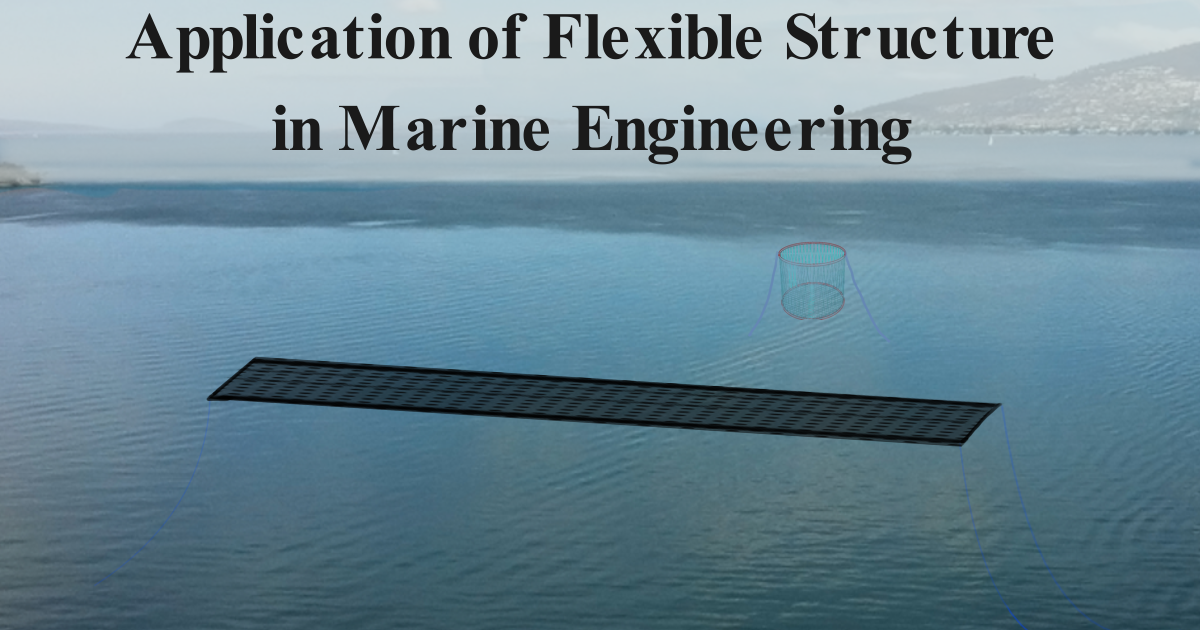Application of Flexible Structure in Marine Engineering
A special issue of Journal of Marine Science and Engineering (ISSN 2077-1312). This special issue belongs to the section "Coastal Engineering".
Deadline for manuscript submissions: closed (31 July 2021) | Viewed by 17795

Special Issue Editor
Interests: hydroelasticity; marine dynamics and hydrodynamics; wave–current interaction; offshore floating and submerged flexible structures
Special Issues, Collections and Topics in MDPI journals
Special Issue Information
Dear Colleagues,
We are inviting submissions to the Special Issue ‘Application of Flexible structure in Marine Engineering’. This Special Issue is motivated by the increase in migration of the population to coastal areas, the demand of energy worldwide, and the lack of food production. In order to meet coastal protection, the worldwide demand of energy, and food production needs, researchers are working hard to find flexible-type structures that are cost-efficient, environmentally friendly, reusable, rapidly deployable, protected from seismic shocks, and do not damage the marine ecosystem, which could find applications in breakwaters, flexible-type structure wave energy converters, fish cages, floating oil storage tanks, ship-like structures, etc. As the mathematical theory and methods of flexible structure type complex problems are not well established and are still under development, modeling of such problems based on various methodologies (theoretical, numerical, and experimental) will have a great impact and be of interest to the readers.
Taking into consideration the above-mentioned features, this Special Issue will include, without being limited to, the following topics of interest:
- Linear and nonlinear wave interaction with flexible structures;
- Breakwaters of horizontal/vertical flexible porous elastic/membranes;
- Wave energy converters (WEC) (flexible wind energy device, plate/membrane type structure);
- Analytical and numerical flexible net-type model;
- Fluid–structure interactions (hydroelastic analysis);
- Boussinesq-type model associated with flexible structures;
- Effect of bottom on floating/submerged flexible structures;
- Flexible floating/submerged and moored system dynamics.
Guest Editor
Manuscript Submission Information
Manuscripts should be submitted online at www.mdpi.com by registering and logging in to this website. Once you are registered, click here to go to the submission form. Manuscripts can be submitted until the deadline. All submissions that pass pre-check are peer-reviewed. Accepted papers will be published continuously in the journal (as soon as accepted) and will be listed together on the special issue website. Research articles, review articles as well as short communications are invited. For planned papers, a title and short abstract (about 100 words) can be sent to the Editorial Office for announcement on this website.
Submitted manuscripts should not have been published previously, nor be under consideration for publication elsewhere (except conference proceedings papers). All manuscripts are thoroughly refereed through a single-blind peer-review process. A guide for authors and other relevant information for submission of manuscripts is available on the Instructions for Authors page. Journal of Marine Science and Engineering is an international peer-reviewed open access monthly journal published by MDPI.
Please visit the Instructions for Authors page before submitting a manuscript. The Article Processing Charge (APC) for publication in this open access journal is 2600 CHF (Swiss Francs). Submitted papers should be well formatted and use good English. Authors may use MDPI's English editing service prior to publication or during author revisions.
Keywords
- Hydroelastic
- Dynamics of moored structures
- Hydrodynamics of floating and submerged structures
- Mathematical model
- Wave–structure interaction with complicated seabed
- Flexible porous membrane
- Wave energy device of flexible structure





